Imagine a world where dense mangrove forests meet churning tides, and the air hangs heavy with salt and mystery. In this watery labyrinth, a shadow moves—silent, powerful, and utterly wild. The tigers of the Sundarbans, the only big cats on Earth to truly master both land and sea, are the stuff of legend. Their story is one of survival, resilience, and awe-inspiring adaptation, shaped by a landscape where nothing stays the same for long.
Kings of the Mangroves

Sundarbans tigers reign over a labyrinth of tangled mangrove roots and ever-shifting mudflats, a kingdom unlike any other. Unlike their jungle cousins, they have evolved to navigate a world where dry land is scarce and every step demands caution and skill. Masters of both land and water, these tigers embody resilience and adaptability in a fragile, ever-changing environment. Their survival is a testament to nature’s extraordinary ability to endure against the odds.
A Coat of Many Colors

Their fur glows with a rich, burnished orange, streaked with bold black stripes that seem to ripple and dissolve in the dappled sunlight. This exquisite pattern provides flawless camouflage, allowing them to move like shadows through the dense, tangled mangroves. Every stripe is nature’s masterpiece, crafted to conceal and empower, making these tigers unseen predators in their mysterious realm. In this interplay of light and shadow, they become both hunter and ghost.
Eyes That Pierce the Gloom
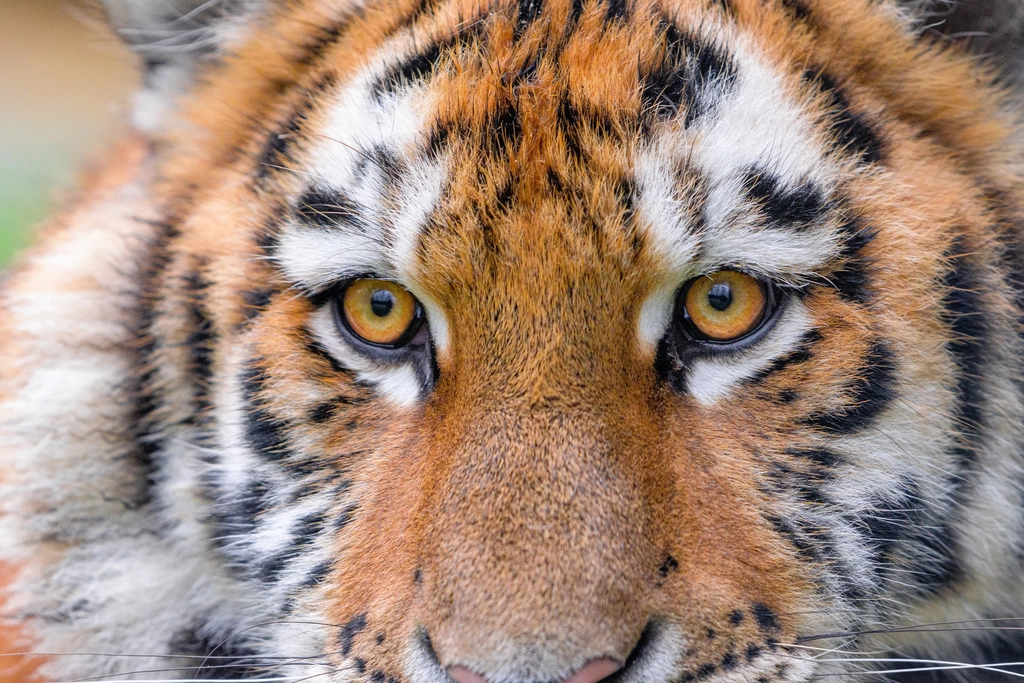
With piercing golden eyes, these tigers effortlessly detect the slightest movement amidst dense undergrowth or across expansive muddy flats. Their gaze is fierce and predatory, yet holds a haunting depth—an almost soulful reflection of the wild, untamed spirit of their mangrove home. In those eyes lies the story of survival, vigilance, and the raw beauty of nature’s most elusive rulers. They are the vigilant sentinels of a fragile world, watching and waiting with unyielding intensity.
Paws Built for the Swamp

Their wide, padded paws function like natural snowshoes, distributing their weight evenly to prevent sinking into the soft, shifting mud. This ingenious adaptation allows them to glide silently through the treacherous terrain, moving with stealth where even nimble deer struggle to keep their footing. It’s a perfect design for mastering the challenging mangrove landscape, turning every step into a ghostly passage through a world where silence means survival.
Masters of the Tides

Each day, the Sundarbans ebb and flow with the rhythm of the tides, a landscape constantly swallowed and revealed by water. Tigers here have become master interpreters of this watery world, instinctively reading the currents to know when to cross rivers, when to strike at prey, and when to vanish from the rising sea. Their lives are entwined with the pulse of the tides, a delicate dance of survival in a realm where water is both a barrier and a lifeline. In this ever-changing mosaic, the tiger’s keen intuition is the key to thriving against nature’s relentless tides.
Swimming with Purpose
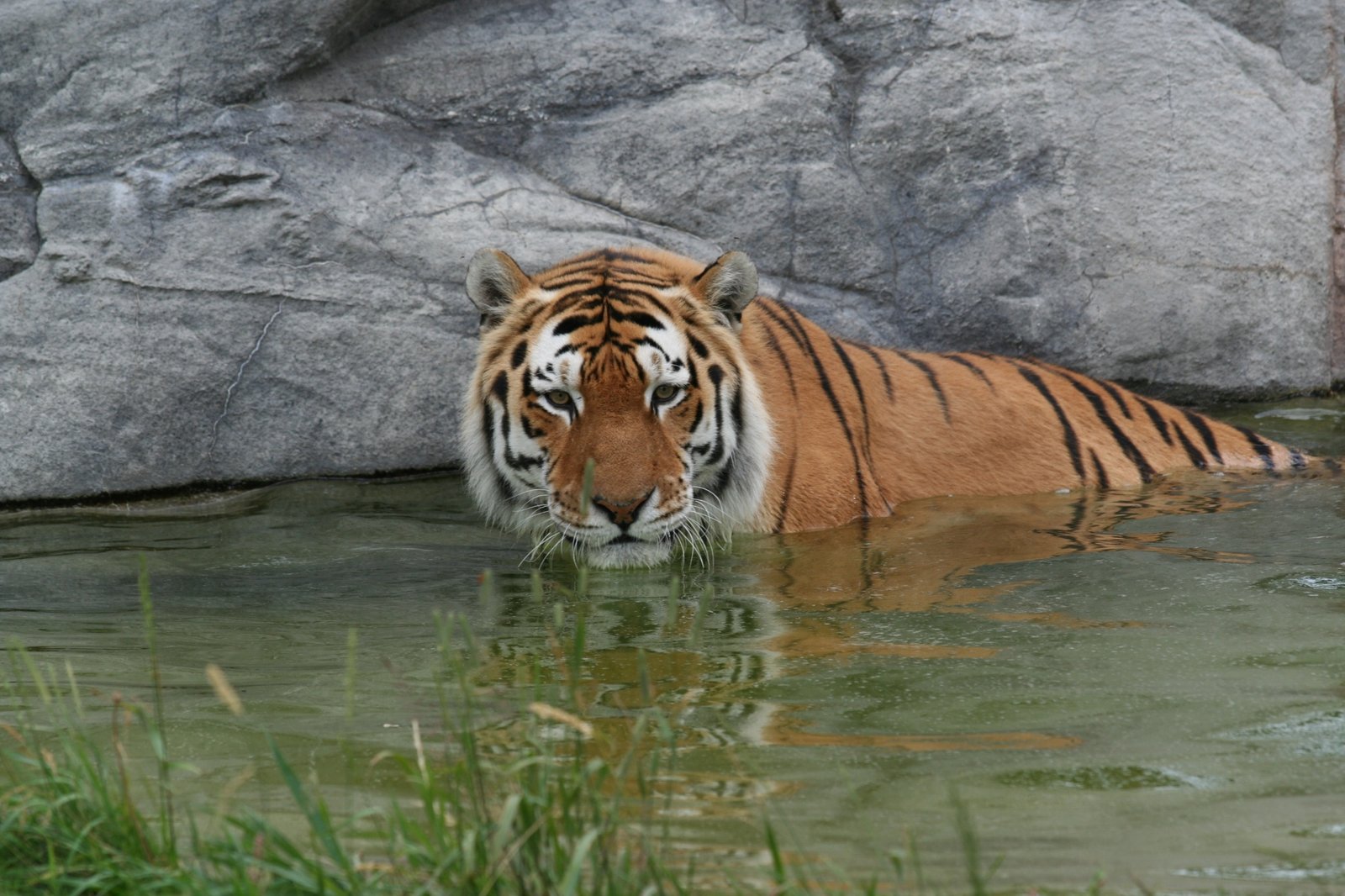
Unlike most big cats, Sundarbans tigers are fearless swimmers, effortlessly navigating the labyrinth of waterways that define their home. They boldly cross vast channels and winding creeks, sometimes swimming for miles at a stretch, driven by the need to hunt or claim new territory. This exceptional aquatic skill sets them apart, making them true masters of their unique mangrove realm. Their fluid movements through water and land reveal a remarkable adaptability forged by one of nature’s most challenging environments.
Hunting in the Half-Light

Dawn and dusk cast a spell over the Sundarbans, transforming the forest into a realm of mist and shadows where magic comes alive. Tigers move with ghostly grace through the hazy glades, their sleek orange coats melting seamlessly into the swirling twilight. In an instant, the stillness shatters—a blur of muscle and motion, a silent leap that speaks of raw power and deadly precision. These fleeting moments reveal the tiger’s mastery of the twilight, where hunter and hunted become one with the fading light.
Crab-Eaters and Deer-Chasers

Sundarbans tigers boast a diverse and adaptable diet, with spotted deer and wild boar as their preferred prey. Yet, when food is scarce, they don’t hesitate to hunt monkeys, birds, and even scavenge crabs along the muddy shores. This remarkable flexibility in their feeding habits is a vital key to their survival in such a challenging and ever-changing environment. Their ability to thrive on a wide range of prey highlights their resilience and the delicate balance they maintain within the mangrove ecosystem.
Solitude and Stealth

Sundarbans tigers are elusive masters of solitude, slipping through the tangled mangroves with ghost-like grace. Each step is calculated, their movements silent as they navigate a world filled with rivals, rising tides, and human encroachment. Their secretive nature isn’t just instinct—it’s survival strategy, honed over generations. In their silence lies both their mystique and their greatest shield against the dangers that stalk the same shadows.
Territory in a Shifting World
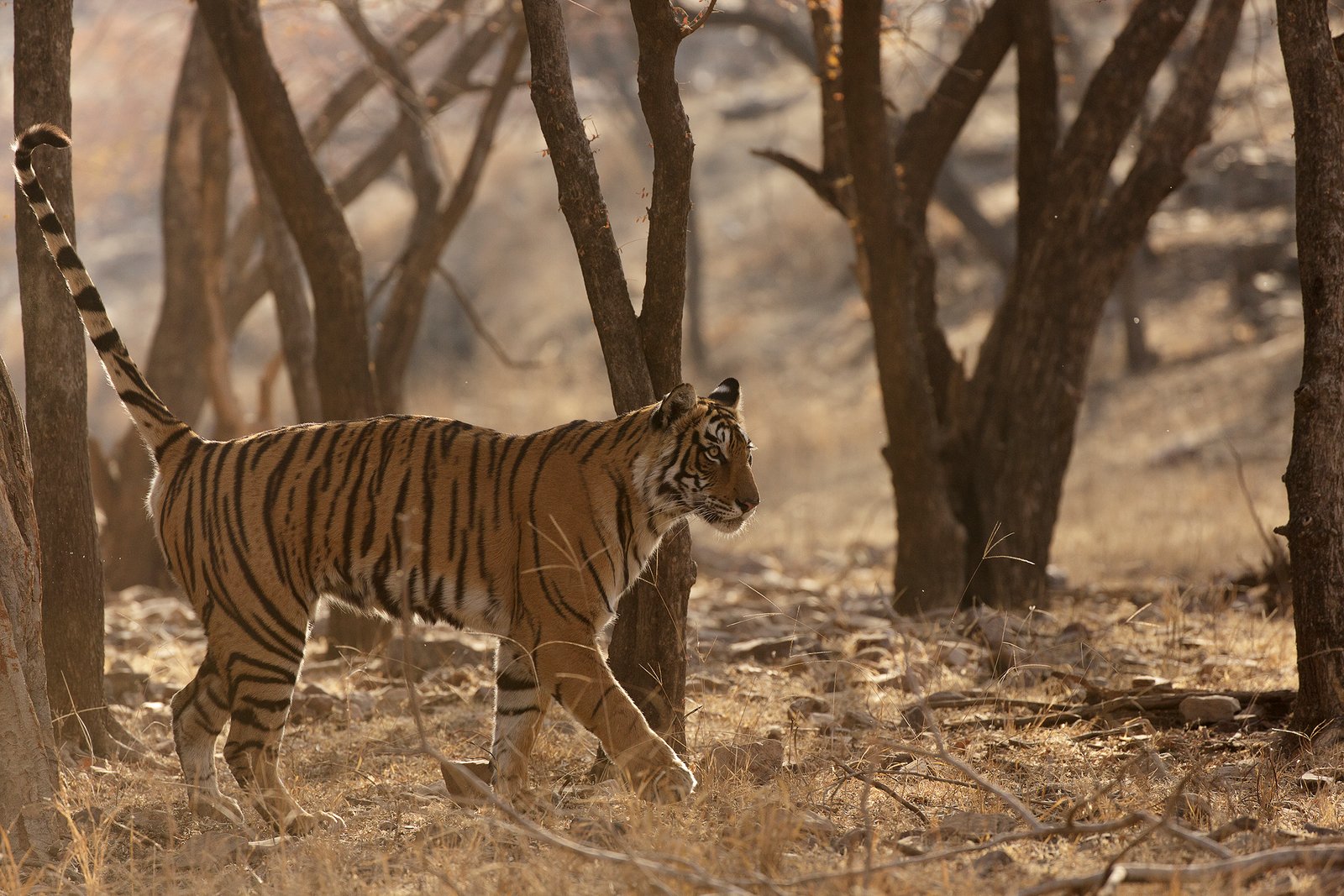
In the ever-shifting world of the Sundarbans, where tides reshape the land daily, tigers must roam vast territories—some spanning up to 200 square kilometers. With each patrol, they silently assert their presence, leaving behind scent trails and claw marks etched into bark and soil. These invisible borders speak volumes in the language of the wild. In a landscape ruled by water and uncertainty, territory is everything—and every boundary is hard-won.
Saltwater Survivors
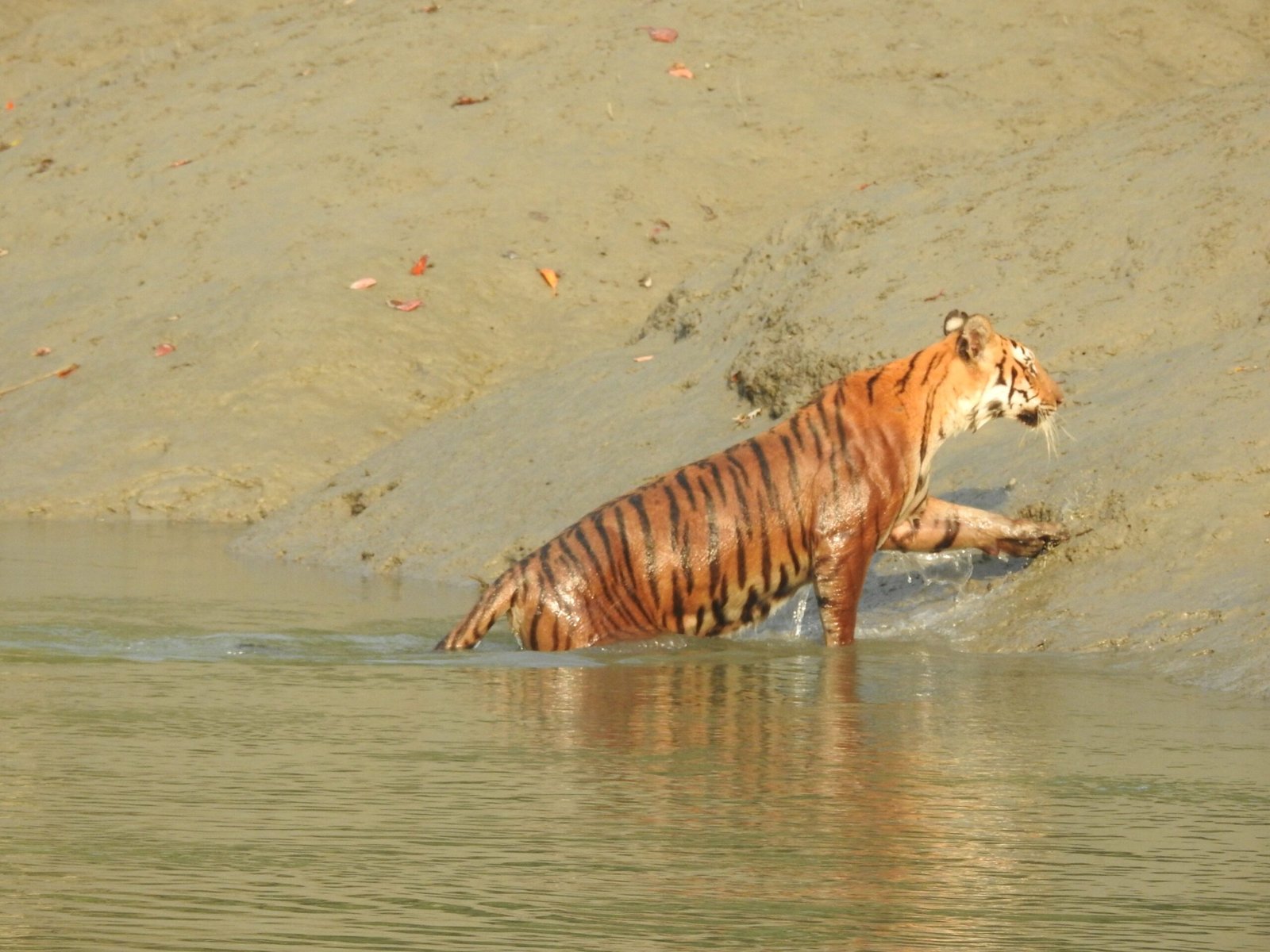
Salt weaves through every corner of the Sundarbans—air, soil, and even the water. Yet these remarkable tigers have adapted in ways few other cats can, with specialized kidneys that allow them to tolerate brackish water when fresh sources run dry. It’s a rare and vital talent, honed by generations of survival in this harsh, shifting landscape. In a world ruled by tides, their biology is as resilient as their spirit.
Motherhood in the Mud
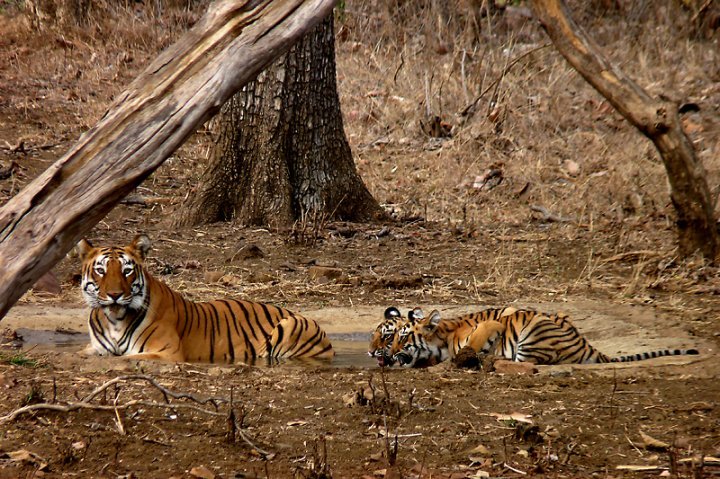
Tigresses shelter their young in secret dens perched just above the reach of the rising tides. In this unforgiving world, every day challenges them with floods, prowling predators, and the ever-present threat of hunger. Yet through it all, a mother’s fierce determination becomes the cubs’ shield. Her unwavering strength turns a fragile beginning into a fighting chance.
Cubhood Adventures
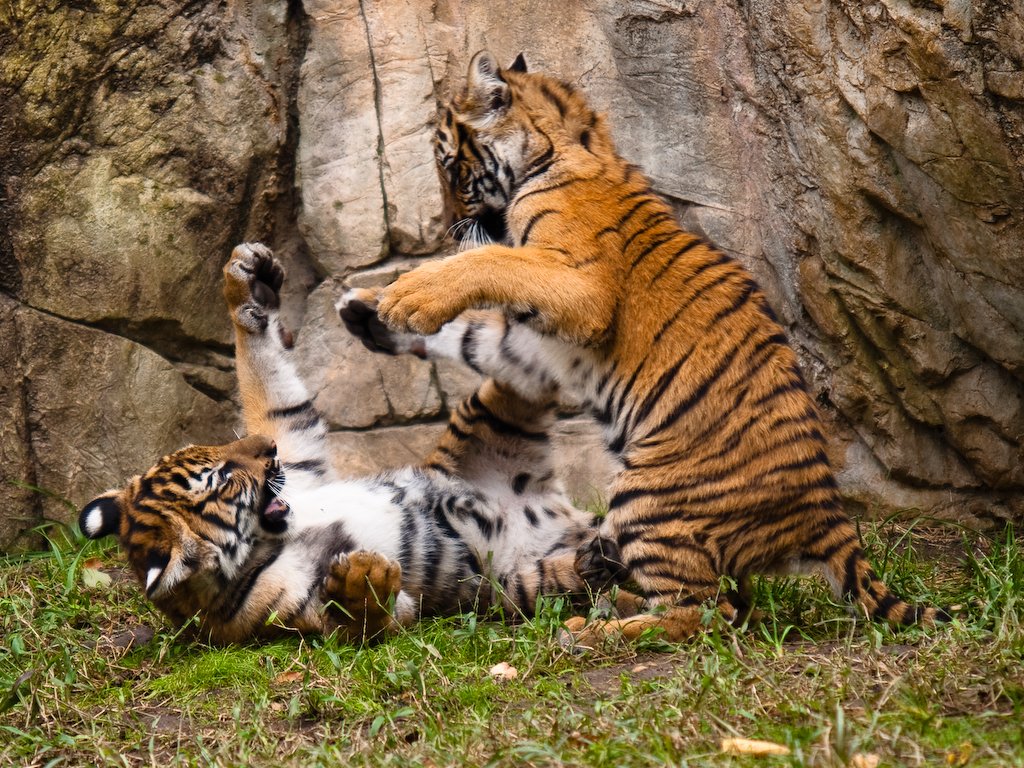
In the Sundarbans, tiger cubs learn life’s harsh lessons through play—swimming through creeks, stalking shadows, and scrambling up twisted roots. Every tumble and chase is a rehearsal for survival. Their jungle playground is as dangerous as it is magical, demanding instinct, agility, and resilience. Here, childhood isn’t just fleeting—it’s a forge that shapes future predators.
The Roar That Echoes

A Sundarbans tiger’s roar is a sound of raw power—deep, echoing, and unforgettable. It rolls across muddy rivers and through veils of mist, sending shivers through the mangroves. More than just a warning, it’s a declaration of presence, a voice that claims the wilderness as its own. In that chilling cry lives the untamed soul of the forest.
Living with Crocodiles
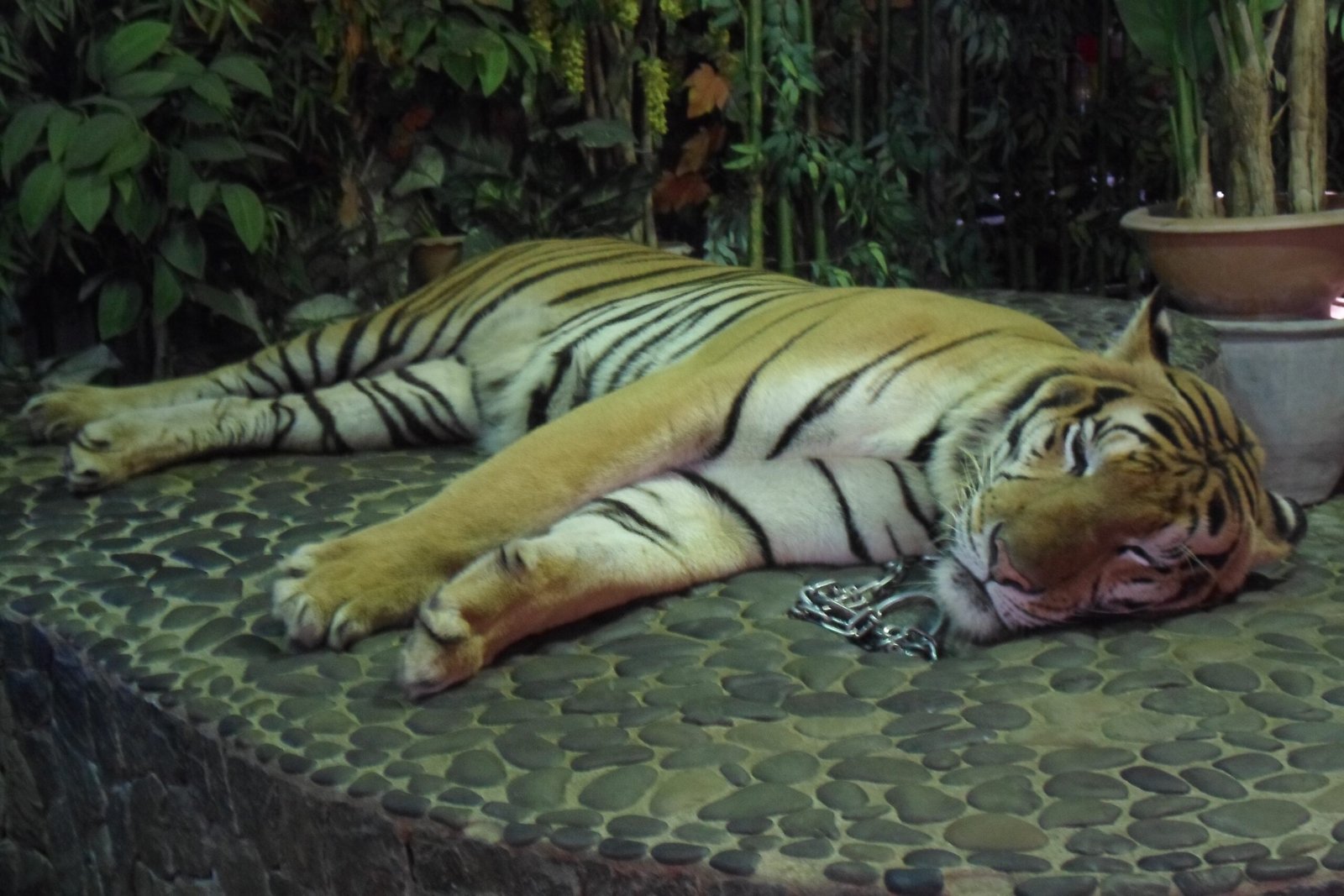
Not all threats prowl the forest floor—some glide silently through the water. Estuarine crocodiles, massive and ancient, haunt the Sundarbans’ murky channels, rivaling tigers in size and stealth. When these two apex predators meet, tension crackles in the air, and the outcome is anything but certain. In this tangled kingdom, even the fiercest hunter must tread carefully.
Prey on the Move
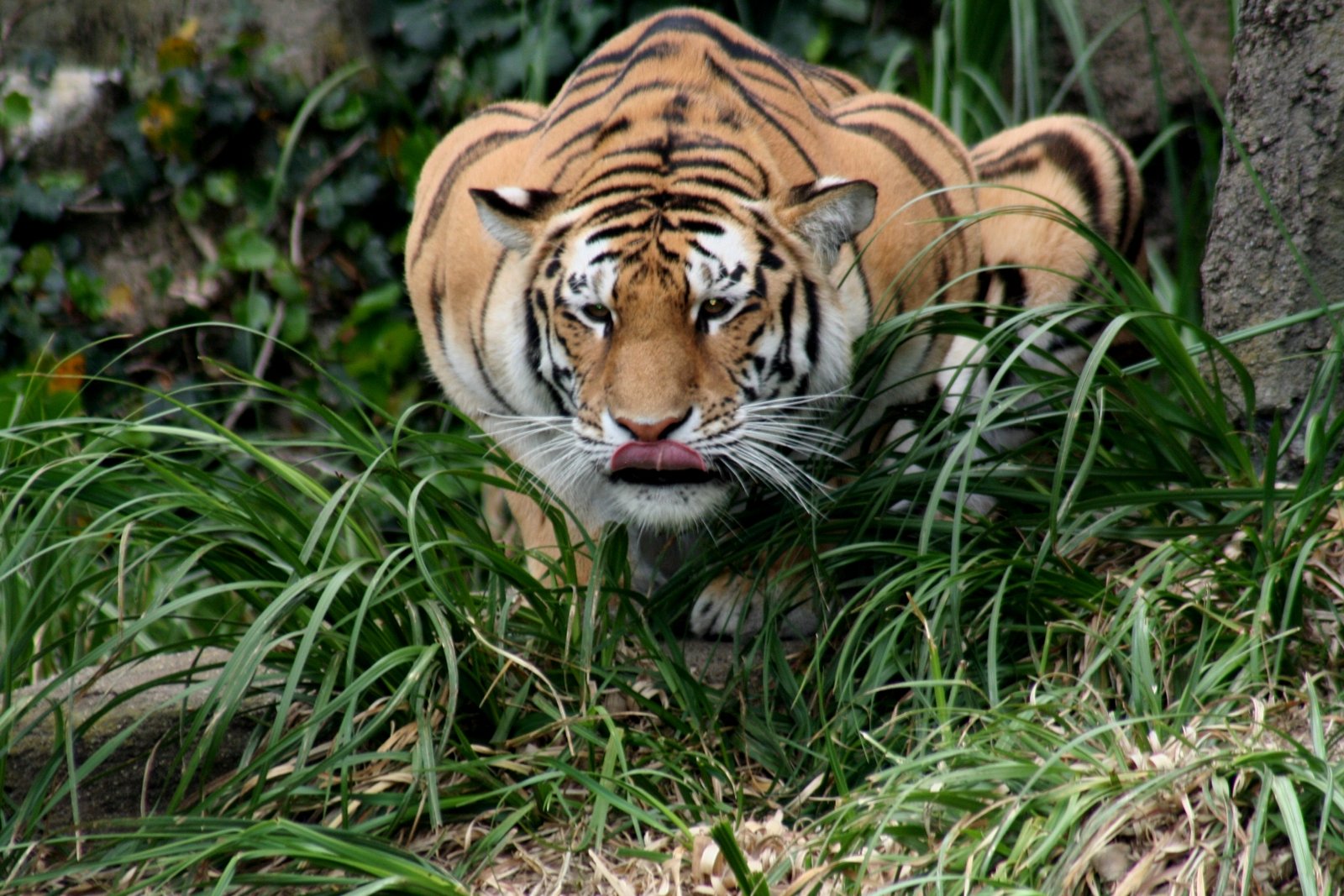
Prey species in the Sundarbans move with the rhythm of the tides and the turning of seasons, never staying in one place for long. To survive, tigers must become master trackers, reading subtle signs in shifting terrain. Each hunt demands both precision and adaptability—where stillness is strategy, and timing is everything. In this fluid landscape, patience is as powerful as strength.
Stealthy Stalkers

Stalking through knee-deep water, Sundarbans tigers move with ghost-like precision, barely causing a ripple. Every step is deliberate, their bodies low and muscles tensed in perfect harmony with the land. In this suspended silence, they become part of the landscape—until, in a sudden surge of power, they strike. That explosive moment is the culmination of patience, instinct, and lethal grace.
The Myth of the Man-Eater
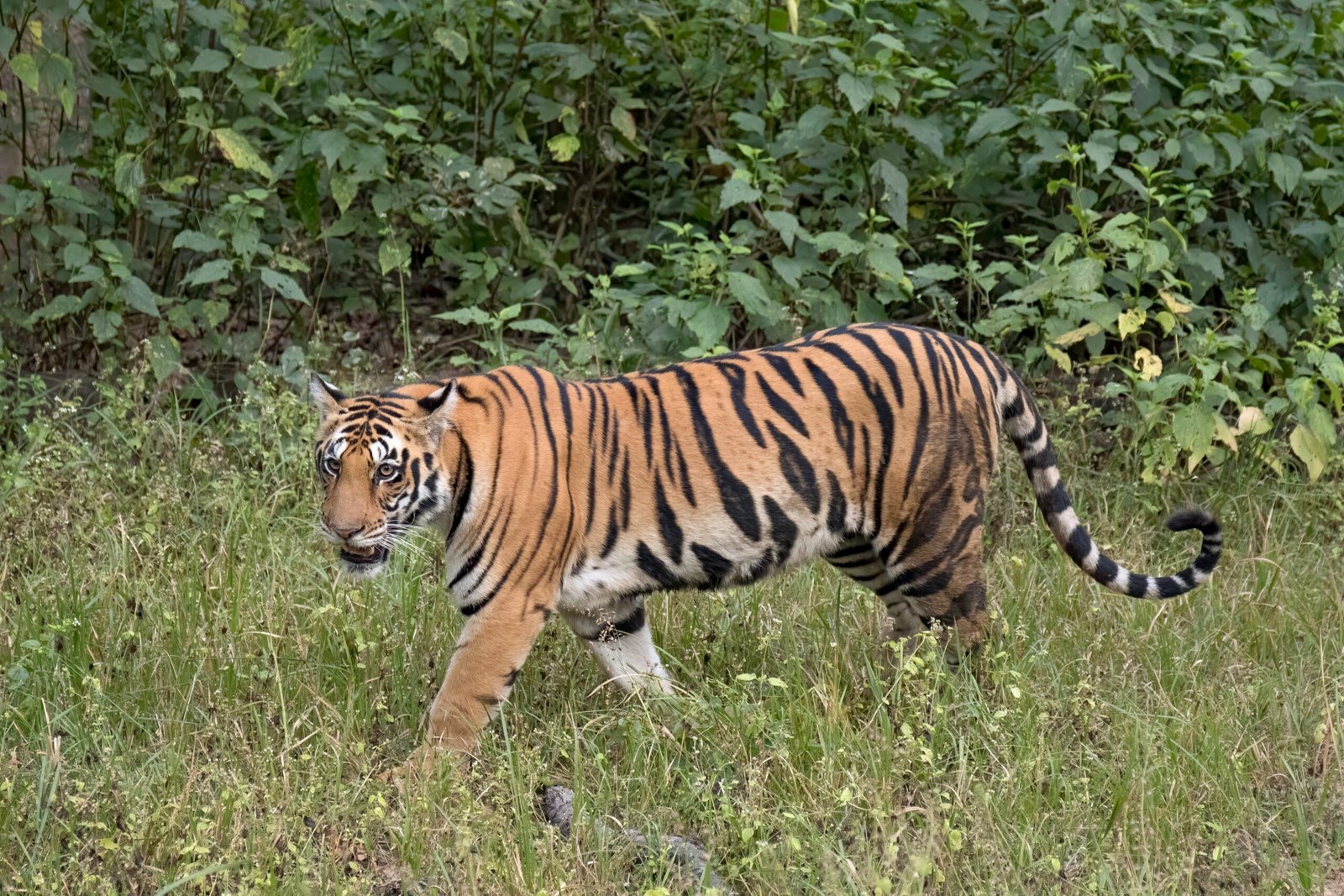
Stories swirl through the mangroves of Sundarbans tigers stalking humans, casting them as mythical man-eaters. In reality, these elusive predators prefer wild prey, but shrinking habitats and dwindling food sources can push them dangerously close to human settlements. Fear and fascination blur the lines between truth and legend. The result is a reputation both fearsome and deeply misunderstood—a reflection of conflict born from survival.
Human-Tiger Encounters
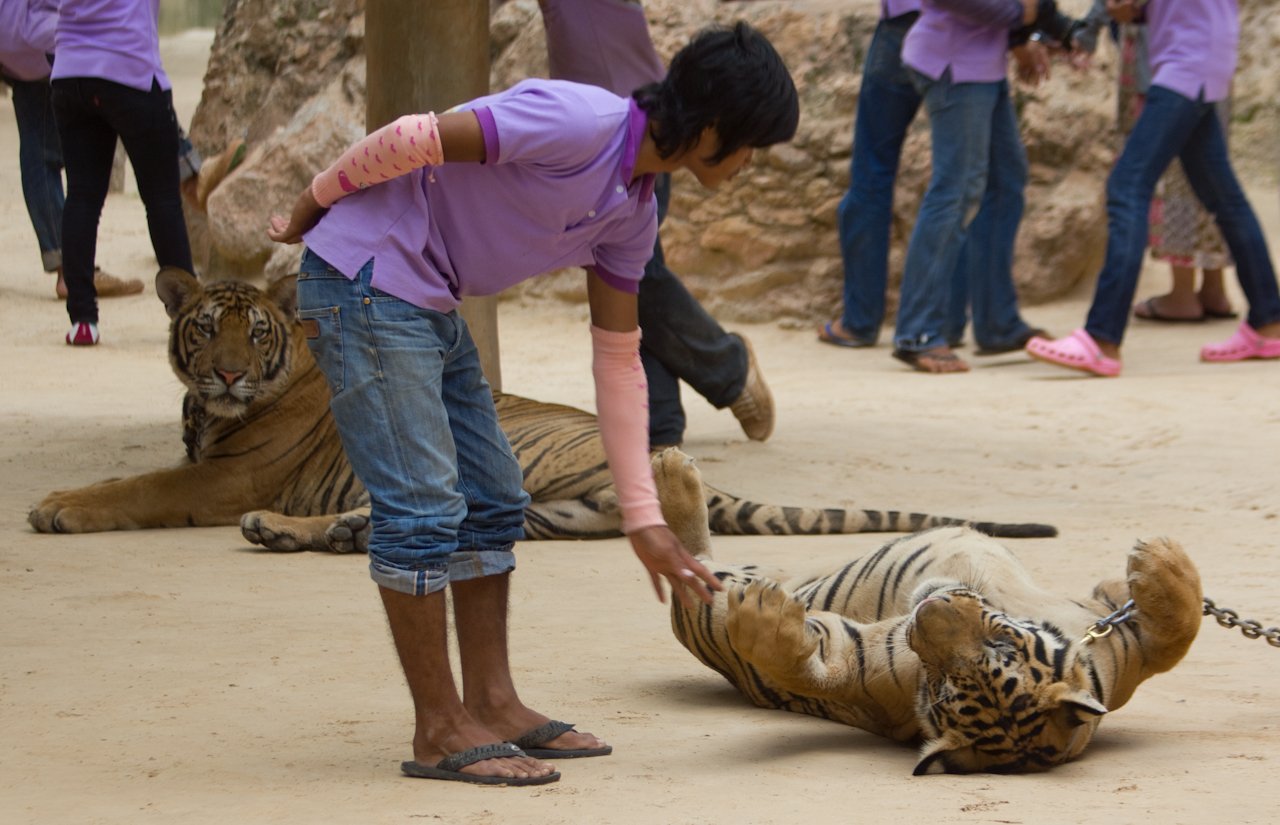
In the Sundarbans, the tiger is both sacred guardian and feared predator. Villagers offer prayers at forest shrines, hoping for protection before venturing into the mangroves. Fishermen wear painted masks on the backs of their heads, a clever illusion meant to deter ambush from behind. This deep respect—rooted in awe, fear, and ancient tradition—reveals the powerful grip the tiger holds over human imagination.
Guardians of the Delta
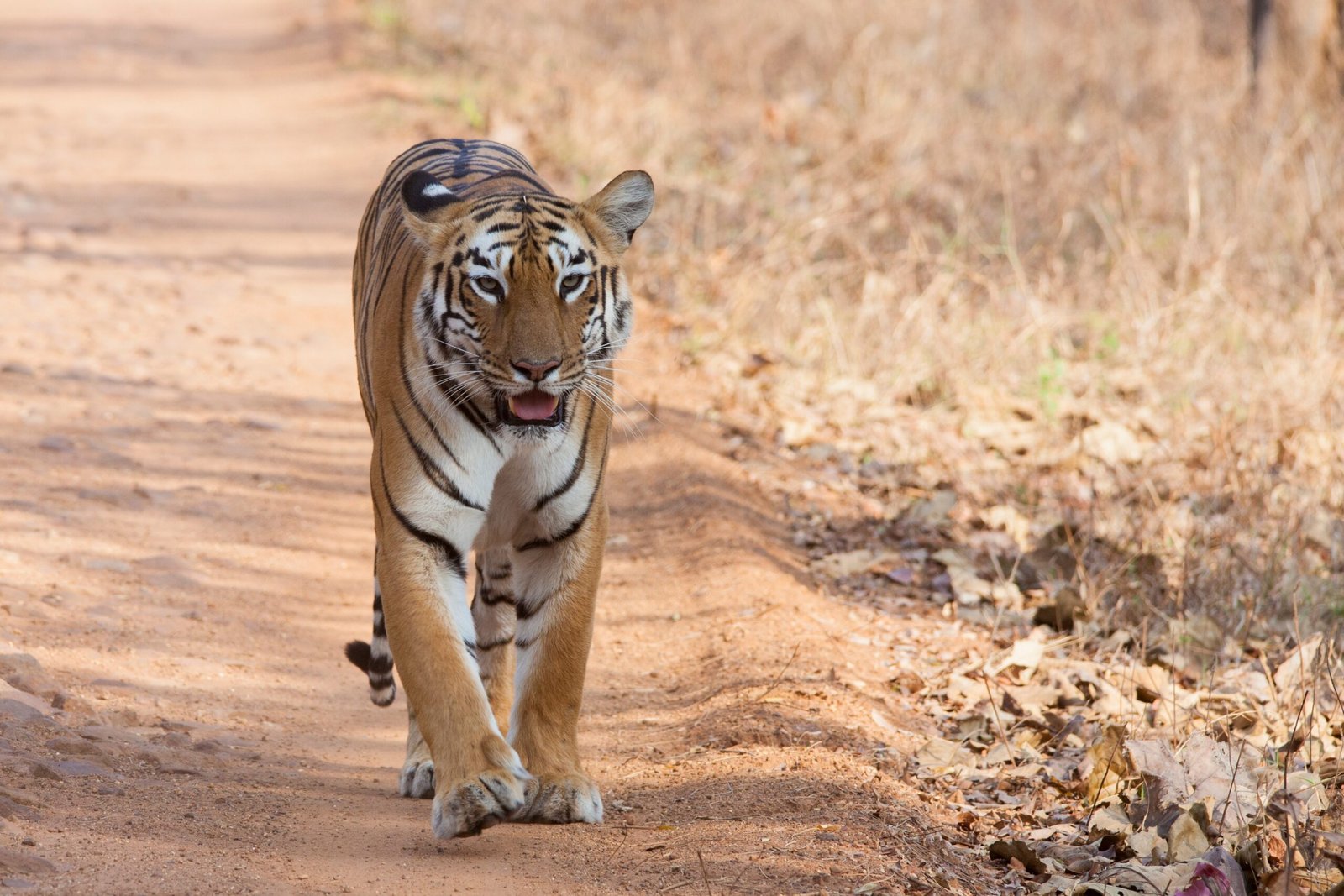
Tigers are more than apex predators—they’re guardians of the mangrove’s delicate harmony. By controlling populations of deer, boar, and other herbivores, they prevent overgrazing and protect the forest’s regeneration. Their presence ripples through the ecosystem, shaping everything from tree growth to birdlife. In preserving the tiger, we safeguard the soul of the Sundarbans itself.
Fragile Future

Rising seas, vanishing forests, and a shifting climate cast a long shadow over the Sundarbans and its elusive tigers. This unique habitat teeters on the edge, where every lost tree and flooded path chips away at a fragile balance. Conservationists race against time, knowing that the fate of the forest and the tiger are inseparably entwined. To save one is to save the spirit of the other.
Hope in the Shadows

Every glimpse of a tiger in the Sundarbans is a rare and thrilling miracle—a fleeting affirmation that wildness still breathes in the mangrove shadows. For local guides, scientists, and villagers alike, these sightings are more than chance encounters; they are sacred moments woven into whispered tales. Each striped silhouette glimpsed through the mist ignites wonder and stirs hope. In a world rapidly changing, the presence of the tiger remains a powerful symbol of resilience and possibility.
Symbol of Wild Beauty

The Sundarbans tiger stands as a living icon—fierce, elusive, and hauntingly beautiful. Draped in shadow and mystery, it embodies the untamed spirit of one of the world’s last great wild places. Its image stirs awe and reverence, a reminder of nature’s majesty and fragility. For many, it’s not just a predator, but a symbol of a hidden world few will ever witness, yet all must fight to protect.
Lessons from the Mangroves
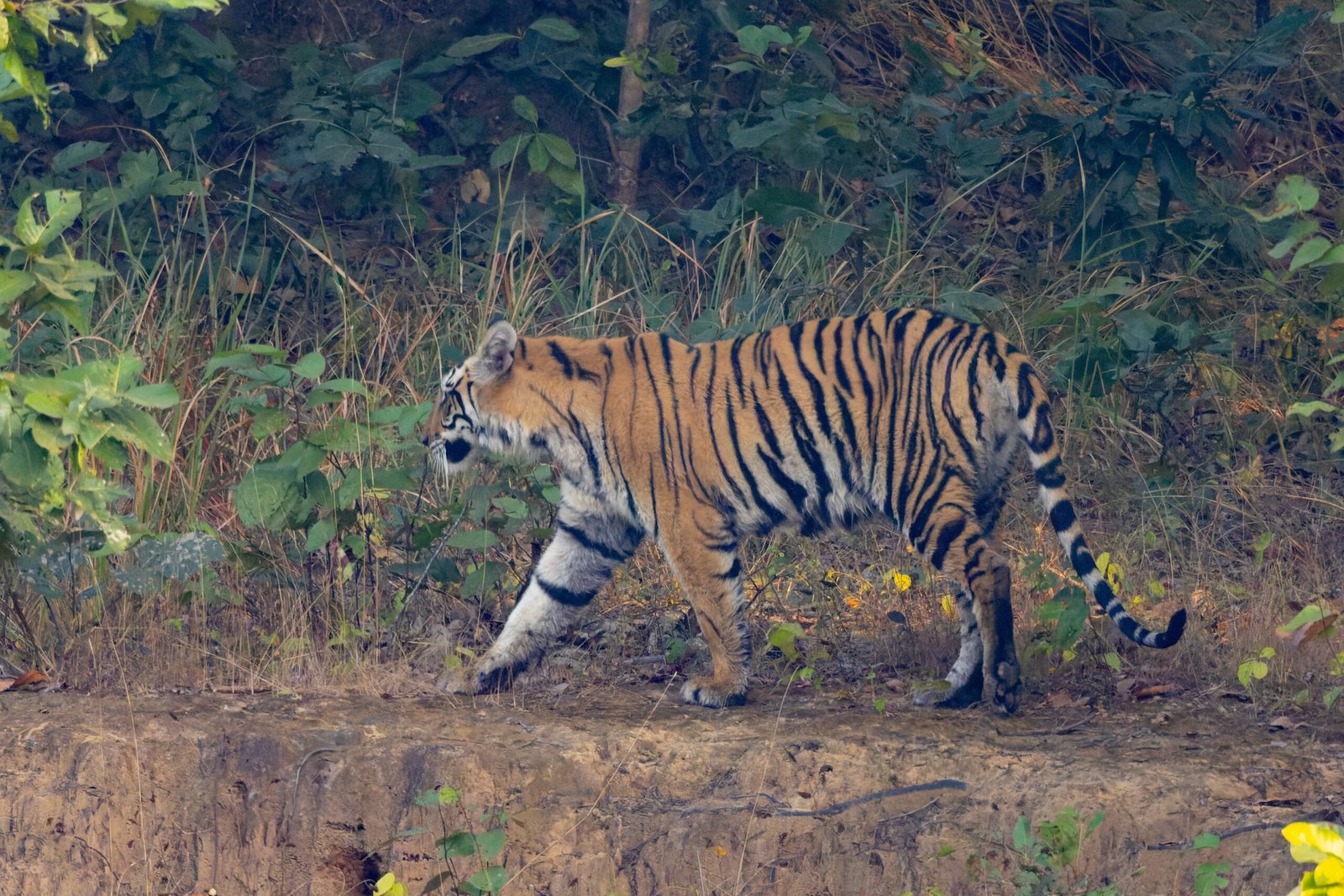
In every silent paw print and fleeting ripple, the Sundarbans tiger whispers a timeless truth: survival demands adaptation, and true beauty often blooms in the most unexpected places. These tigers are not just predators—they are living proof of nature’s resilience in a world constantly shifting. Their story echoes through the mangroves as both a warning and a wonder. It calls us to protect what remains, before it slips quietly into myth.

Suhail Ahmed is a passionate digital professional and nature enthusiast with over 8 years of experience in content strategy, SEO, web development, and digital operations. Alongside his freelance journey, Suhail actively contributes to nature and wildlife platforms like Feline Fam, where he channels his curiosity for the Feline into engaging, educational storytelling.
With a strong background in managing digital ecosystems — from ecommerce stores and WordPress websites to social media and automation — Suhail merges technical precision with creative insight. His content reflects a rare balance: SEO-friendly yet deeply human, data-informed yet emotionally resonant.
Driven by a love for discovery and storytelling, Suhail believes in using digital platforms to amplify causes that matter — especially those protecting Earth’s biodiversity and inspiring sustainable living. Whether he’s managing online projects or crafting wildlife content, his goal remains the same: to inform, inspire, and leave a positive digital footprint.






